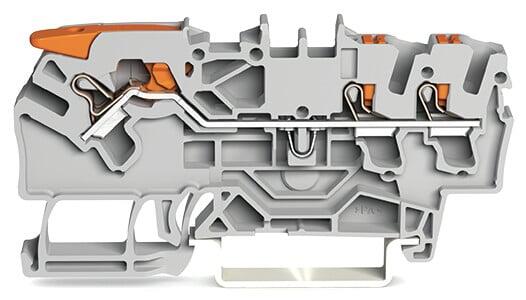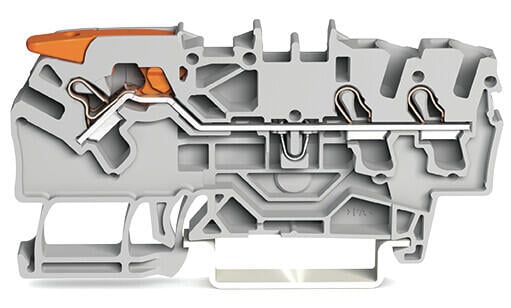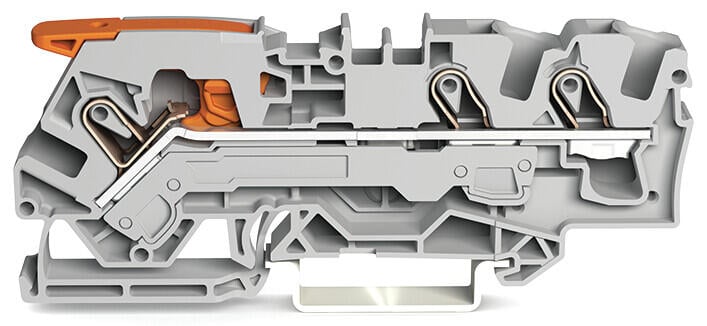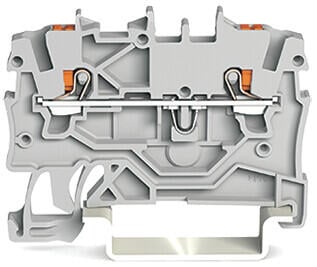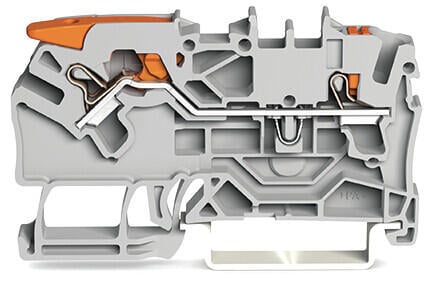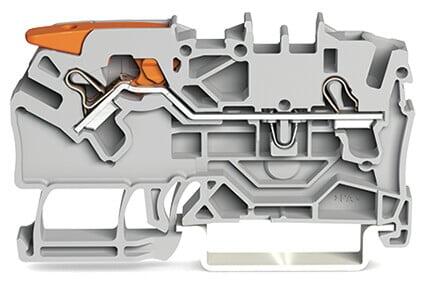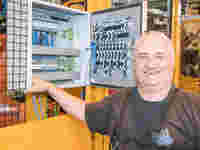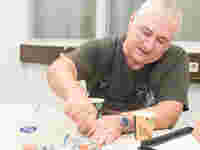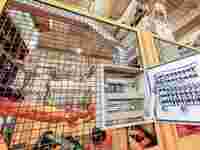Control Cabinet Manufacturing at Ford Using WAGO Terminal Blocks

With the introduction of the assembly line, Henry Ford left an indelible mark and it made him one of the most important pioneers in the automotive industry. The ambition of his company has always been to improve the production process. At their production facility in Cologne, Germany, they rebuilt their entire press line that manufactures chassis parts for the Ford Fiesta. One of the stars in this overhaul: WAGO’s rail-mount terminal block.
Nearly 19,000 employees help produce one of Ford’s most successful compact car models. Since 1976, up to 1,400 Ford Fiestas roll off the assembly line on a daily basis. Ford utilizes big equipment in their production facilities, but sometimes it’s the small details that really matter. For instance, the large punching machines and presses used to produce chassis components have a lifespan of several decades. However, many of the internal components and systems in the press line do not last near that long. To help this, Ford regularly installs new assemblies, updates the electronics and expands safety technology in their press lines. During this process that control and automation technology along with energy distribution within control cabinets are also updated and optimized.
Your Benefits with the WAGO smartDESIGNER
No installation
Runs exclusively on cloud server (no updating)
Accessible anywhere
Create custom assemblies with WAGO products
Customizable parts libraries for common components
Add custom labels that can be sent directly to WAGO's smartPRINTER
